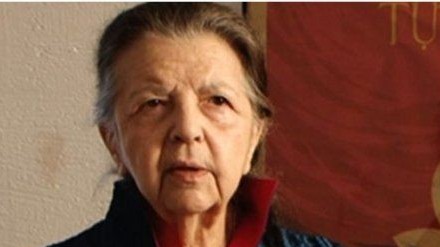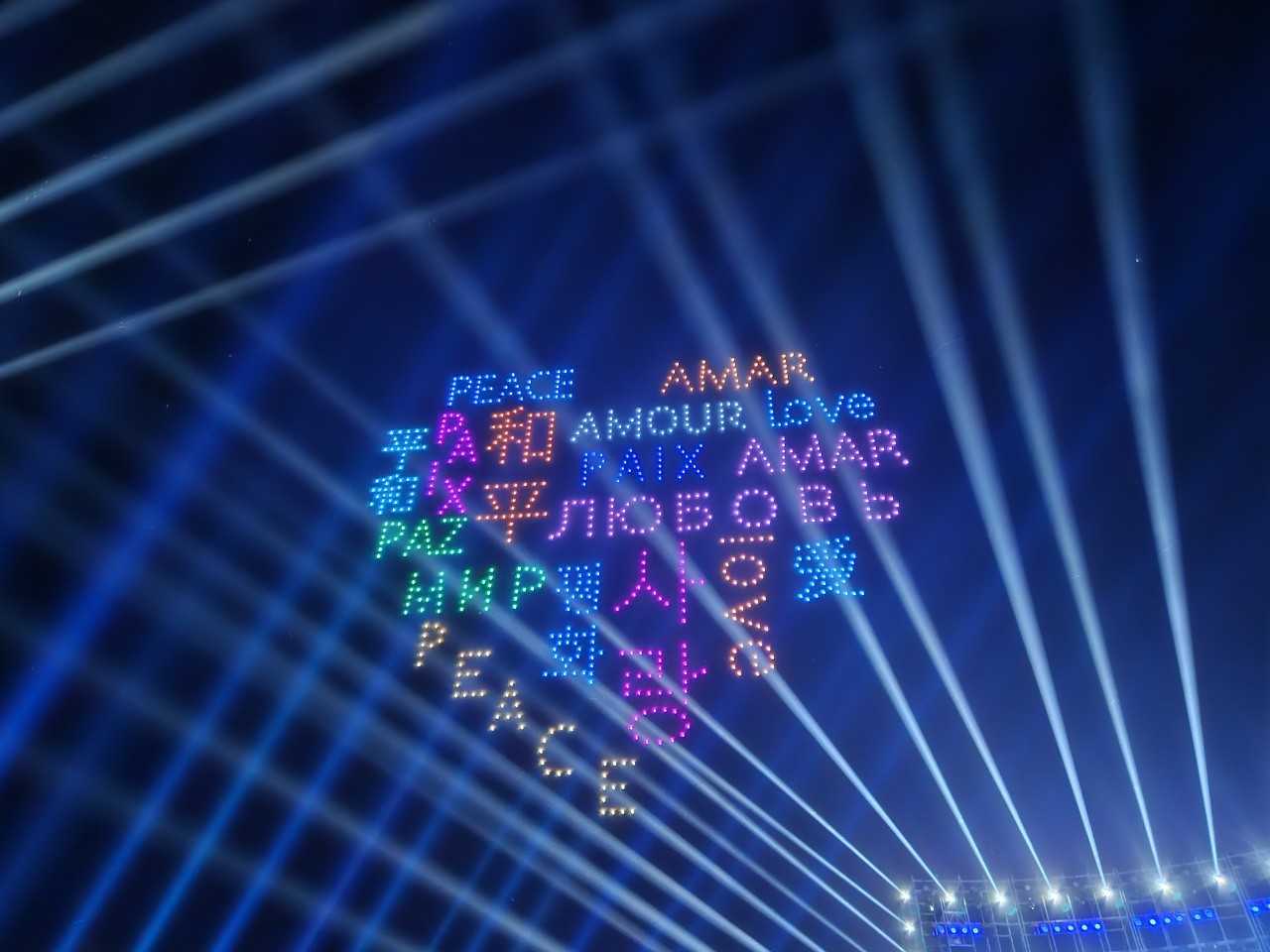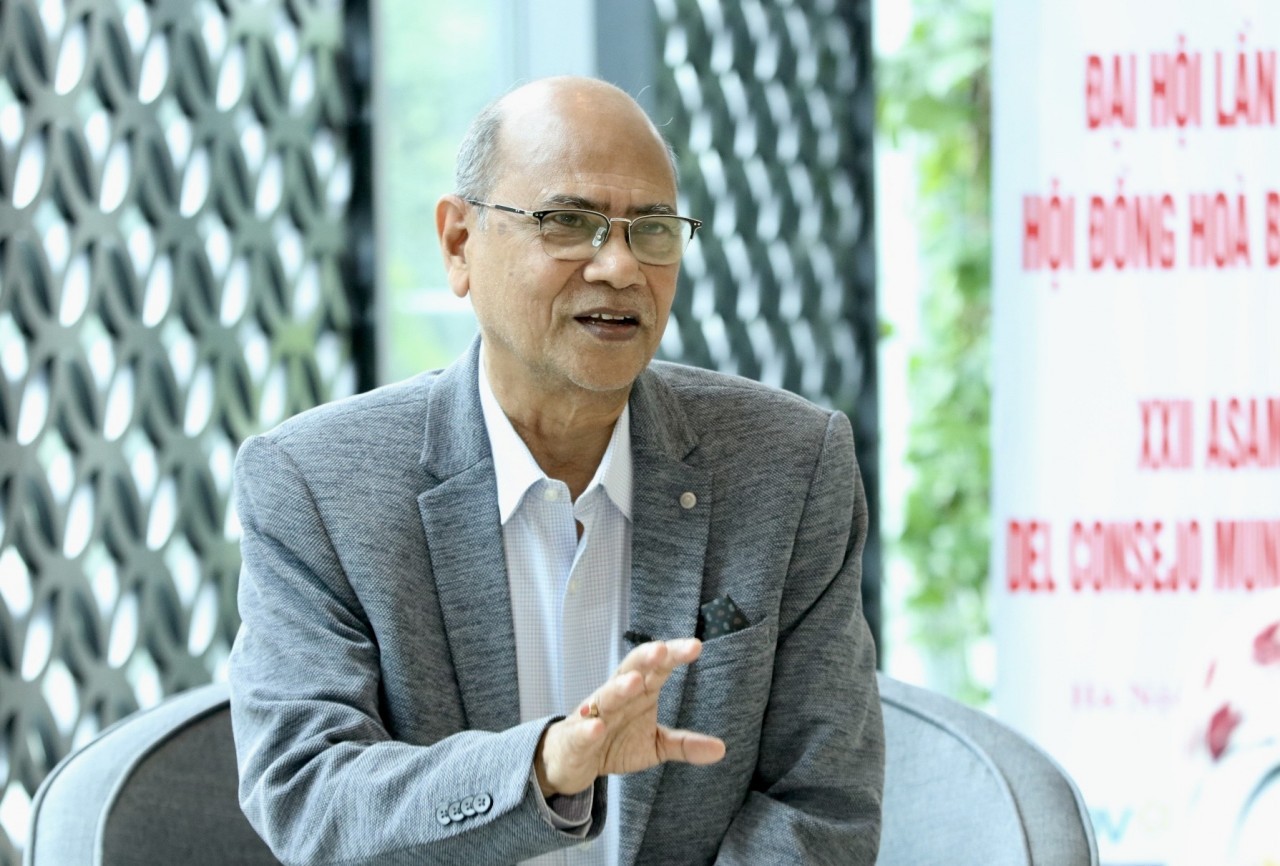Nguyen Van Huynh - Former Vice Chairman of Vietnam Peace Committee
Picasso and His Famous Dove of Peace
Up to now, it is recorded that Picasso’s collection has 1,800 oil paintings, 30,000 paintings, and 7,000 sketches. Many of his works are demonstrated on ceramic and quite a few are puzzling. He also has a collection that includes dozens of paintings of pigeons. Picasso sent his desire and hope for peace into each of those paintings.
For Picasso, the paintings of pigeons are narratives of life and feelings of peace. His emotions were felt by peace-loving mankind, and the gentle, loving dove then became a symbol of peace and aspiration for peace.
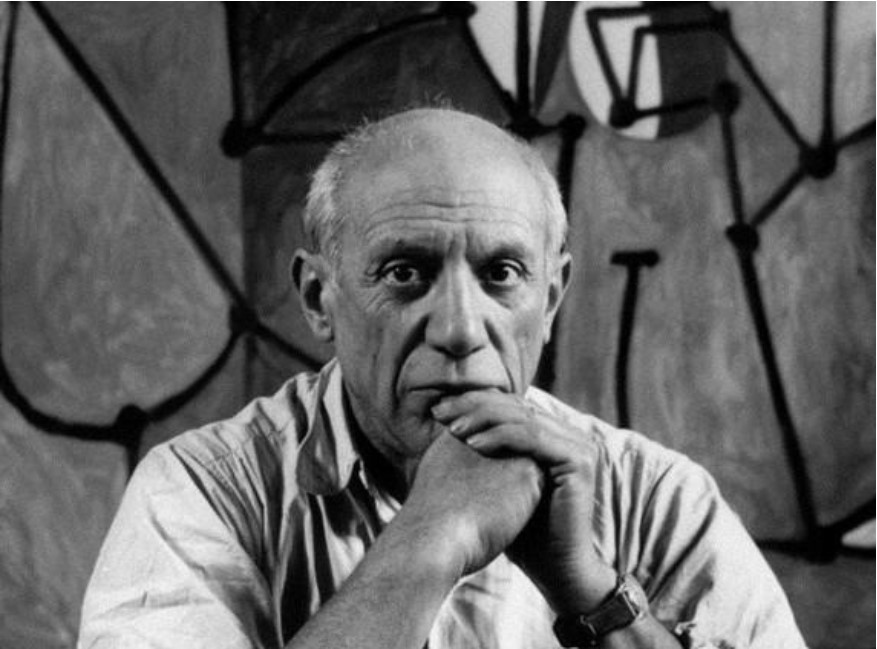 |
| Artist Picasso. (Photo: Internet) |
As the son of an artist, Picasso's childhood was associated with easels and paintbrushes and his father's drawings of pigeons. At the age of 9, Picasso drew a picture of a pigeon, brought it to school, and won the compliments and admiration of his teachers and friends.
In June 1901, the young Picasso, who was 20, went to Paris to exhibit paintings with a friend. In the gallery, his oil painting “Child with a Dove” (L'enfant au pigeon in French) was displayed for the first time.
The press at the time described the painting “The Child Holding a Dove”, “The Child with a Dove”, or “The Girl with a Dove” as phenomenal and made the exhibition a success. Picasso's reputation as a professional artist began to spread and then he quickly became famous.
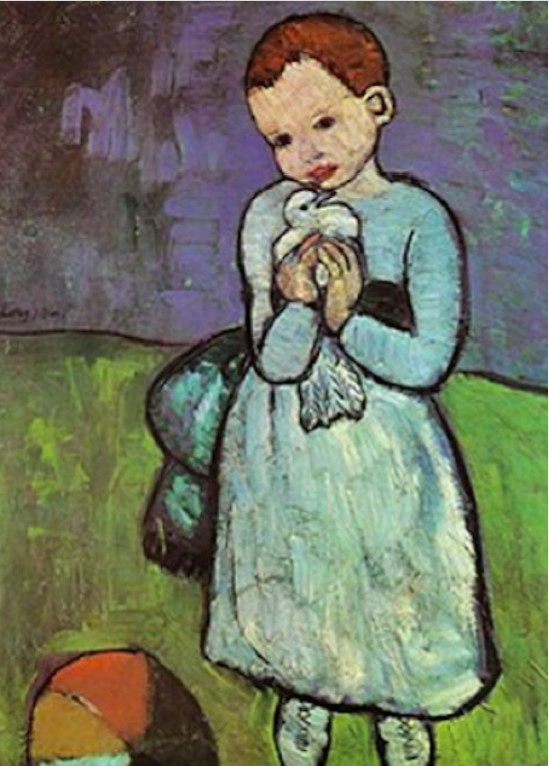 |
| The painting "Child holding a pigeon" by Picasso (Photo: Internet) |
The painting depicts a girl with short light brown hair, wearing a white robe with a blue belt tied around her waist, standing holding a white dove, next to a ball with patterns of bright color segments like the color wheel on a flat background, like a vast blue sky and green grass. It is said that the painting shows the innocence of childhood.
The painting created a turning point in the artist's life and made him a famous painter. Currently, this painting is being housed at an art museum in Madrid (Spain). In 2013, the painting was auctioned for £50 million.
Picasso continued to paint many other paintings of the dove. According to art historians, at first, his attitude toward the war was very neutral. He did not criticize either side even when World War II even when fascism appeared in Western Europe, and the fascist dictator Franco took office in Spain in 1936.
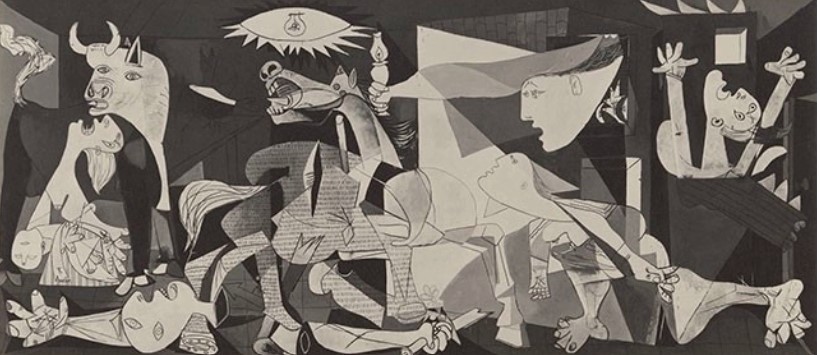 |
| Picasso's Guernica (Photo: Internet) |
In 1937 that a small village called Guernica in the Basque Country in northern Spain was bombed by Nazi Germany and fascist Italian fighters at the request of Spanish nationalists. Witnessing the devastation, Picasso painted an oil painting depicting the bombing and the suffering of the people due to violence and chaos.
The painting Guernica was exhibited at the Spanish show at the Paris International Exhibition in 1937 and later at other locations around the world. The touring exhibition was to raise funds for the anti-fascist war in Spain. The painting became famous and widely acclaimed, bringing worldwide attention to the Spanish Civil War. The picture was considered by analysts to have the strongest anti-war significance at that time.
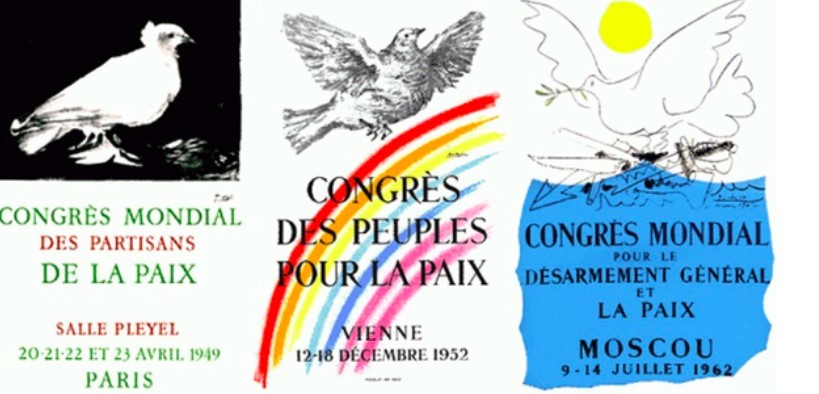 |
| Picasso's dove was used at the World Congress for Peace in Paris in 1949, the World Congress for Peace in Vienna, and the World Congress for Peace in Moscow. (Photo: Internet) |
After Guernica, Picasso created many other paintings of doves and put into them the anti-war ideology and sided with the anti-fascist forces. It was also an important turning point for him to become a member of the French Communist Party.
After World War II, in the face of the threat of a new world war, Picasso participated in the anti-war peace movement.
Before the first Congress of the Peaceful Soldiers, the founding congress of the World Peace Council took place in Paris in April 1949, the French communist poet Aragong asked him to paint a picture of a dove to hang in the Hall. Picasso painted a picture of a dove expressing the joy of the people when the war ended but also showing anxiety about the risk of war.
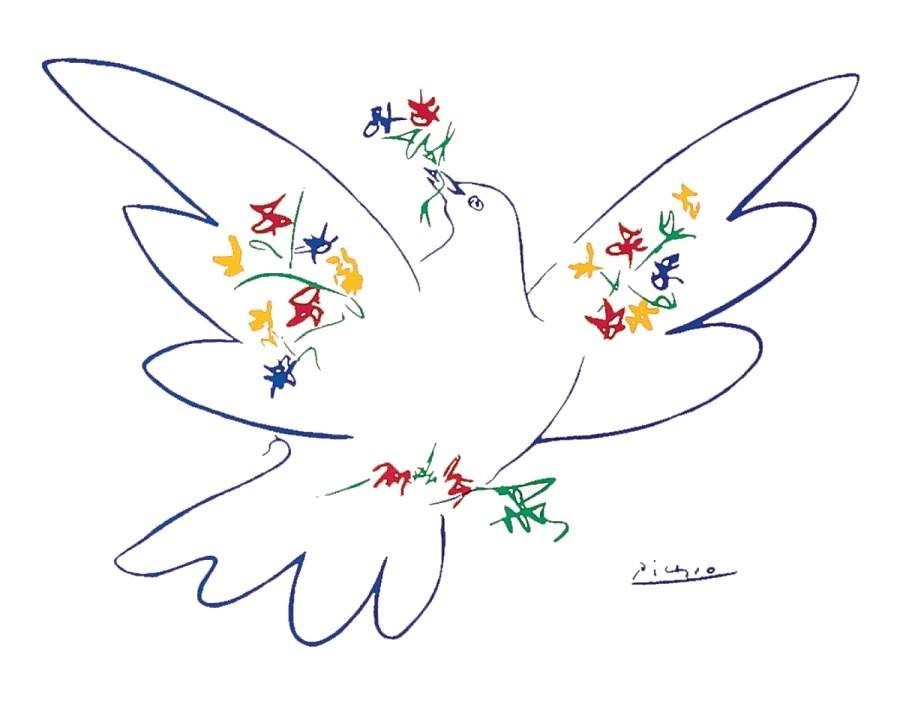 |
| A painting of a dove by Picasso (Image: Internet) |
The picture inspired many delegates. In later Congresses and peace activities organized by the World Peace Council, Picasso painted many different paintings of doves.
All of them speak of the people's desire for peace against war. His dove paintings are not only used by the World Peace Council but the dove has also been imitated by other artists and used in later peace activities.
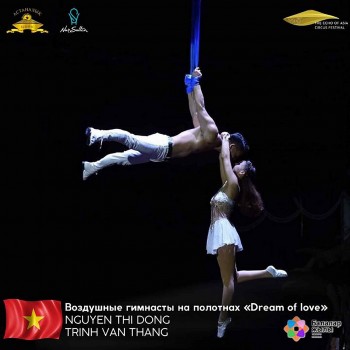 | Vietnamese Circus Artists Perform in Kazakhstan’s Capital The Echo of Asia, an international annual circus festival returned to the stage of the Kazakhstan capital after a two-year suspension caused by the outbreak ... |
 | Vietnamese Cuisine as Depicted by Filipino Artistry Although Daniel Tingcungco has only lived in Vietnam for 3 years, thanks to his artistic talent and a special love for Vietnamese street food, he ... |
 | Artists Bring Vietnamese Drama To Korean Stage The Vietnamse drama named "Ben Khong Chong" is staged from the novel written by the celebrated writer, Duong Huong. It is coordinated by the Vietnam ... |
Recommended
 Focus
Focus
35 Years of FES in Vietnam: Fostering Dialogue, Advancing Equity
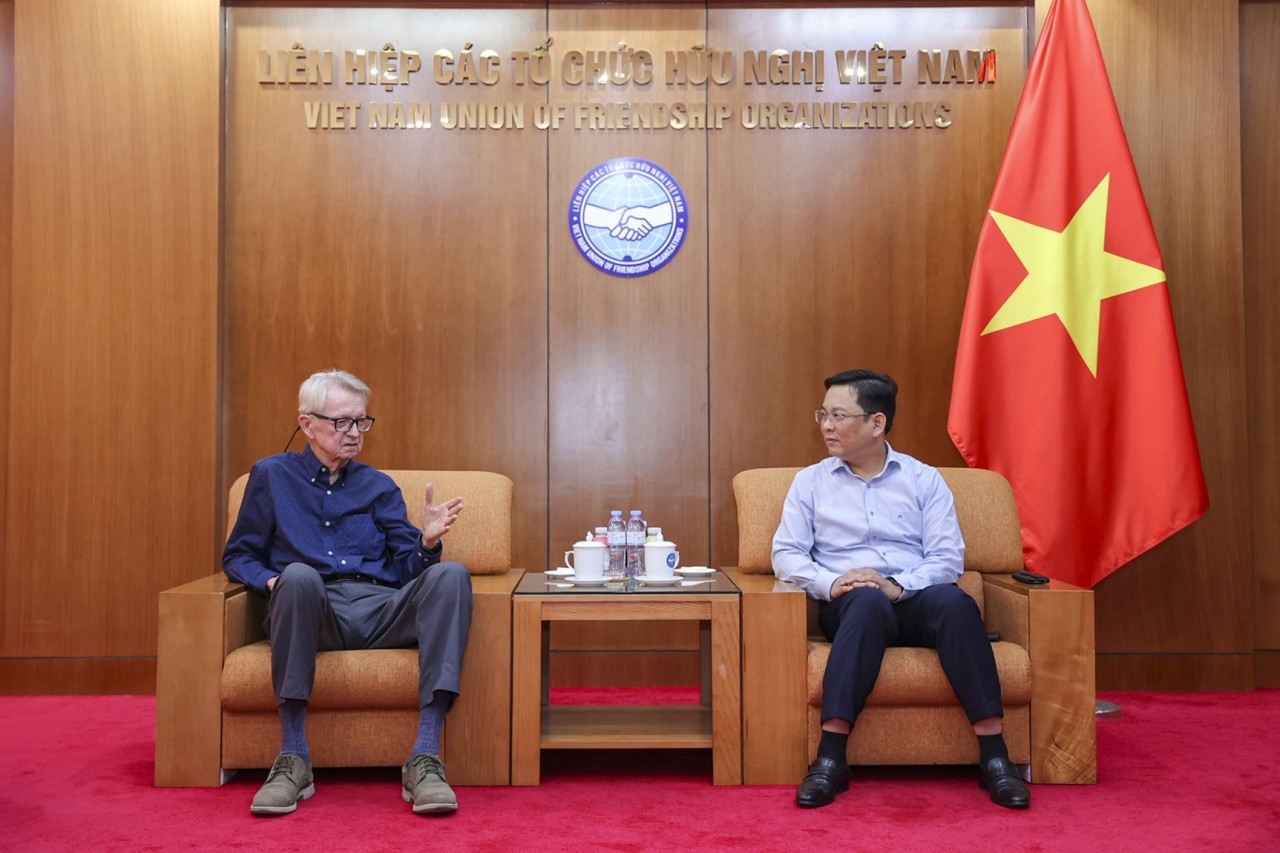 Friendship
Friendship
VUFO Appreciates Contributions of American Veterans in Overcoming Consequences of War
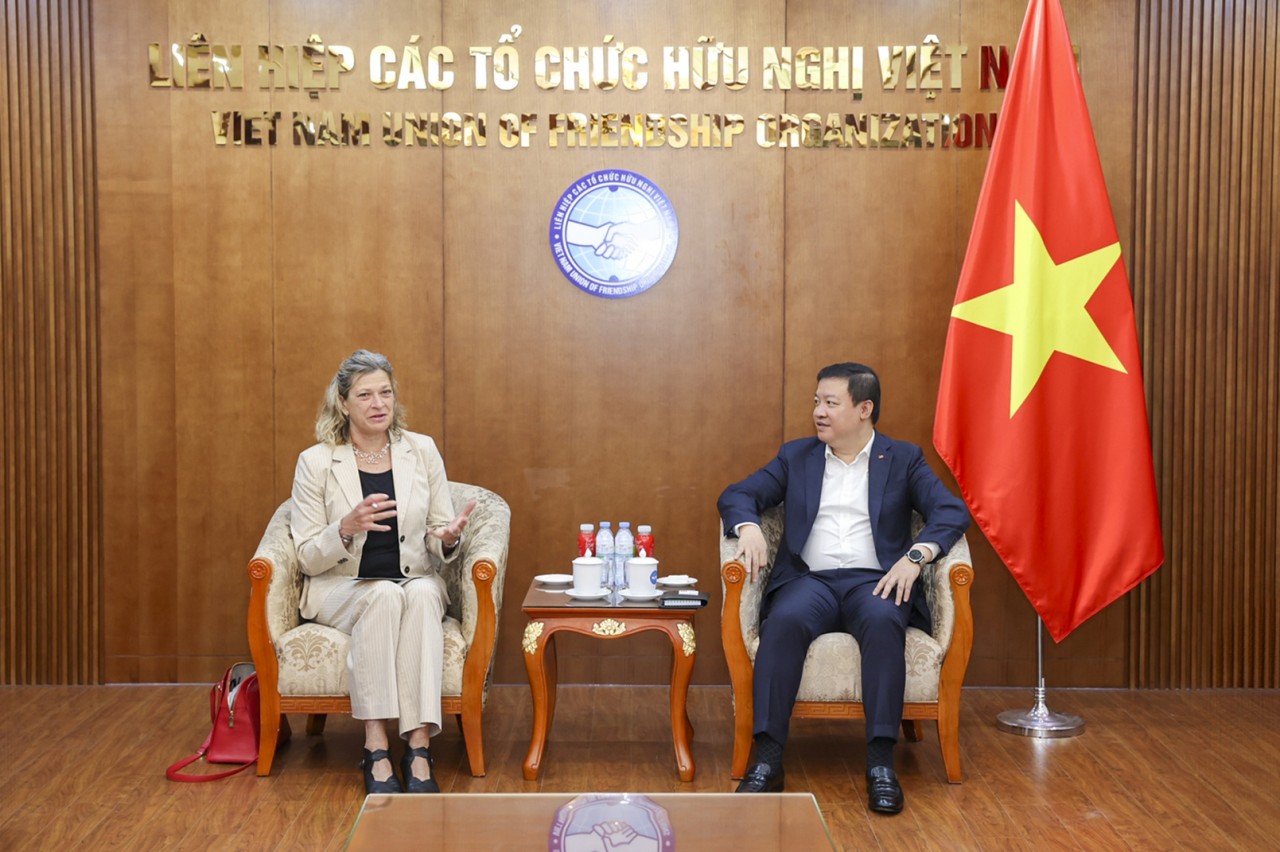 Focus
Focus
VUFO, FES Continue to Promote Cooperation to Support Development
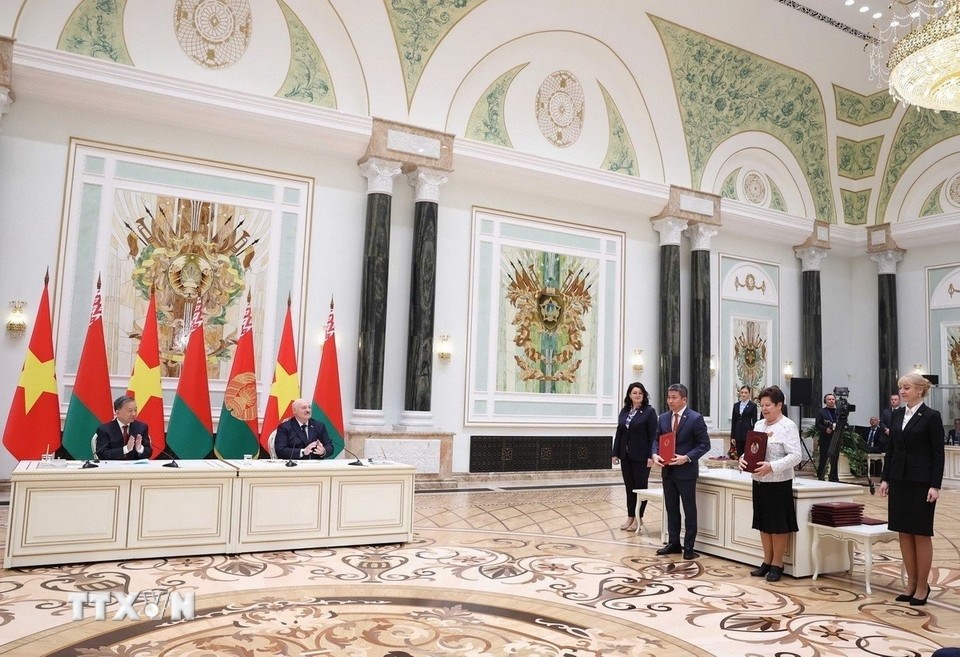 Focus
Focus
Vietnam - Belarus Sign Cooperation Documents
 Focus
Focus
Vietnam-Austria Relations: Unlocking the Potential for Cooperation in Key Areas
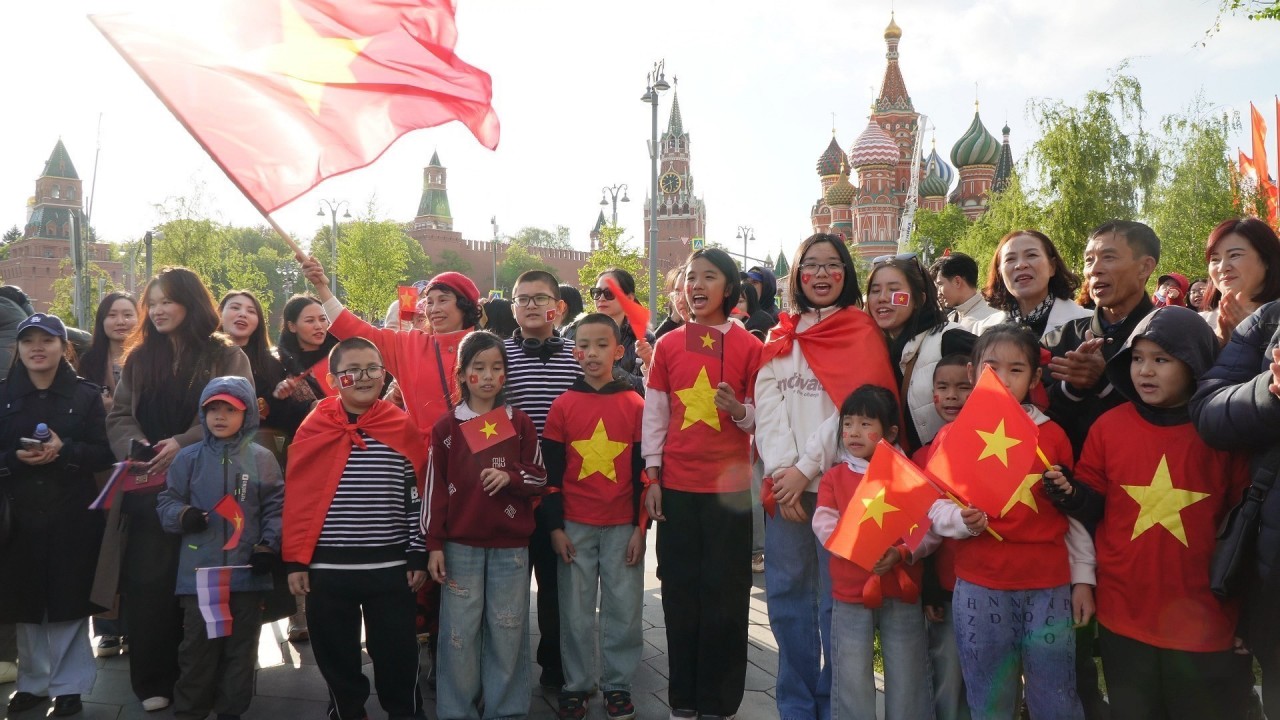 Focus
Focus
Overseas Vietnamese in Russia Welcome Vietnam People's Army Delegation at Red Square
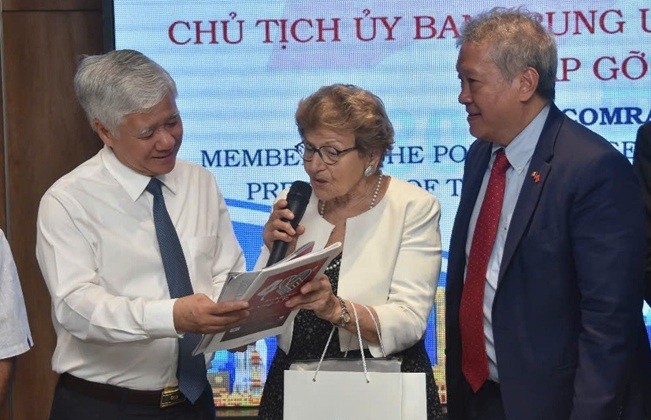 Friendship
Friendship
Vietnam Deeply Values and Remains Grateful for Unwavering Support from Intl Friends
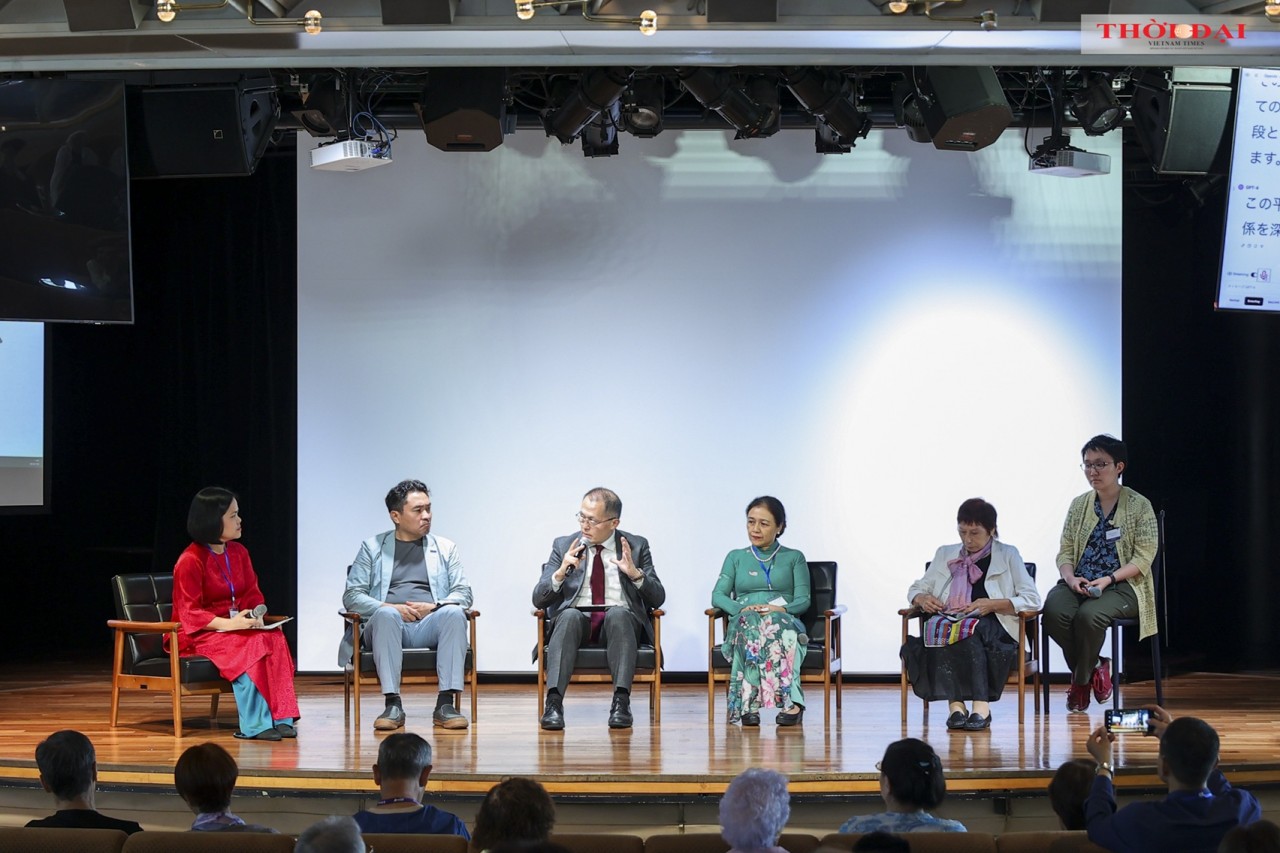 Focus
Focus

